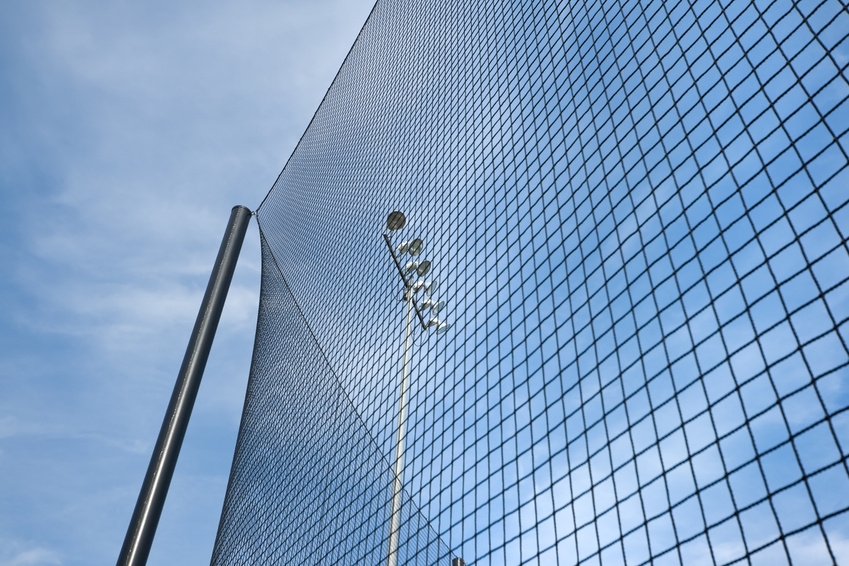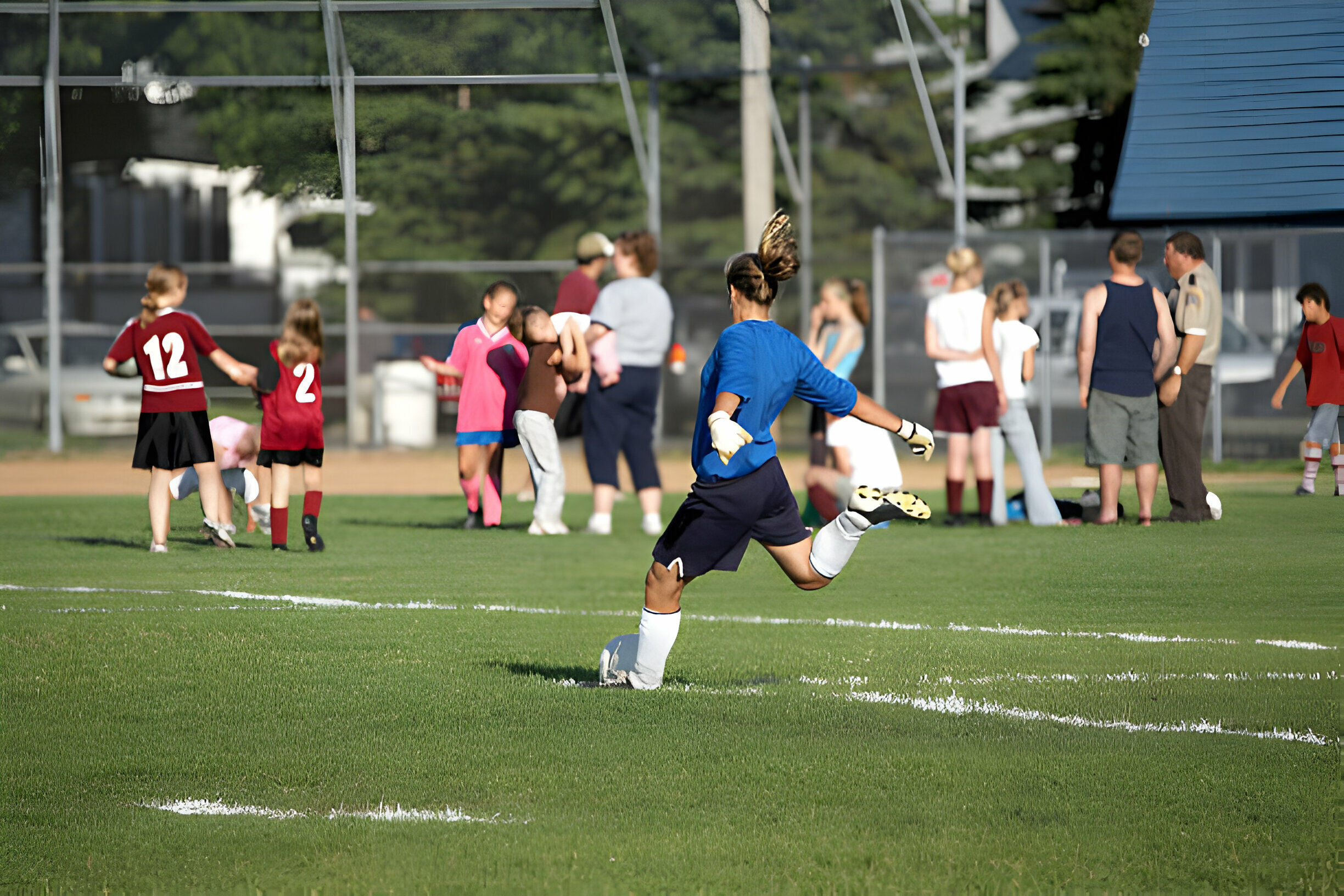Building Football Strength with At-Home Workouts
When it comes to football, strength plays a crucial role in every aspect of the game. Whether you’re sprinting down the wing, holding off defenders, or battling for aerial duels, having solid physical strength can make a huge difference. While gym memberships and fancy equipment might seem like the only way to build muscle, you can actually enhance your football strength right from the comfort of your own home.
In this article, we’ll explore effective strength workouts for home practice and home exercises for football fitness that help you build the power, stability, and endurance needed to elevate your game. By incorporating these exercises into your routine, you’ll see significant improvements without the need for a gym.
1. Bodyweight Squats for Lower Body Power
One of the best exercises for building football strength at home is the bodyweight squat. The lower body is the powerhouse of football, and strengthening your legs will improve your ability to sprint, tackle, and jump. Squats activate your quads, hamstrings, glutes, and calves, making them a fantastic foundation exercise.
- How to Do It: Stand with your feet shoulder-width apart and your toes slightly turned out. Lower your body as if you’re sitting down into a chair, keeping your knees behind your toes and your chest up. Go as low as you can, aiming for your thighs to be parallel to the ground, then push through your heels to return to the starting position.
- Pro Tip: To increase intensity, try single-leg squats or jump squats. These variations engage your muscles more and improve explosive power, which is essential for sprinting and jumping on the field.
2. Push-Ups for Upper Body Strength
Football players need upper body strength to win challenges, push off opponents, and maintain balance when engaging in tackles or aerial battles. Push-ups are a classic exercise that targets the chest, shoulders, and triceps—muscles that are crucial for physicality in the game.
- How to Do It: Start in a plank position with your hands placed slightly wider than shoulder-width apart. Lower your chest toward the floor while keeping your body in a straight line from head to heels. Push back up to the starting position, engaging your core throughout the movement.
- Pro Tip: To make push-ups more challenging, try variations like diamond push-ups (where your hands are close together in a diamond shape) or decline push-ups (placing your feet on a raised surface). These modifications increase the intensity and work different muscle groups.
3. Planks for Core Stability
A strong core is essential for almost every aspect of football, from maintaining balance while dribbling to stabilizing your body when you’re sprinting or tackling. Planks are an excellent exercise to improve core strength and stability without needing any equipment.
- How to Do It: Start in a forearm plank position, ensuring your body forms a straight line from your shoulders to your ankles. Keep your abs tight and avoid letting your hips sag. Hold the position for as long as you can while maintaining perfect form.
- Pro Tip: For a more dynamic workout, try side planks or add leg lifts while holding the plank position to engage the obliques and lower back muscles. These variations challenge the core even further and improve overall stability.
4. Lunges for Leg Strength and Balance
Lunges are a fantastic exercise to improve leg strength, balance, and mobility, all of which are vital for football players. Whether you’re accelerating into a sprint, stopping to change direction, or pushing off an opponent, lunges engage the major muscle groups in the lower body.
- How to Do It: Start by standing tall with your feet hip-width apart. Take a step forward with one leg, lowering your body until both knees form 90-degree angles. The back knee should hover just above the floor. Push through the front heel to return to the starting position, then repeat on the other leg.
- Pro Tip: To increase the difficulty, you can perform walking lunges, alternating legs as you move forward. This adds a cardiovascular element to the workout and challenges your balance as you move.
5. Glute Bridges for Posterior Chain Strength
Football players rely on their posterior chain (the muscles at the back of the body) for speed, power, and endurance. Glute bridges are a fantastic way to strengthen the glutes, hamstrings, and lower back, which are key to explosive movements such as sprinting and jumping.
- How to Do It: Lie on your back with your knees bent and feet flat on the floor, hip-width apart. Press through your heels and lift your hips off the floor, squeezing your glutes at the top. Lower your hips back down slowly and repeat the movement.
- Pro Tip: For an added challenge, try single-leg glute bridges. This variation works each leg individually, increasing muscle engagement and improving imbalances.
6. Burpees for Full-Body Conditioning
Burpees are an intense full-body workout that combine strength, endurance, and explosiveness—qualities that are essential for a footballer. This high-intensity exercise will not only help you build strength but also improve cardiovascular fitness and stamina.
- How to Do It: Start in a standing position. Drop into a squat, place your hands on the floor, and jump your feet back into a plank position. Perform a push-up, then quickly jump your feet forward to return to the squat position. Explosively jump into the air, reaching for the sky, and land softly before repeating the movement.
- Pro Tip: Burpees are a fantastic addition to your workout routine because they increase heart rate and endurance. Try incorporating them into a circuit, performing a set of 10-15 repetitions to get your heart pumping and build total-body strength.
7. Stair Climbing for Leg Endurance
If you have stairs at home, you’ve got a great tool for building football strength and endurance. Stair climbing targets the legs, glutes, and calves, improving your ability to accelerate, decelerate, and change direction quickly on the field.
- How to Do It: Find a set of stairs and start by walking or running up them one step at a time. For added intensity, skip steps or perform lunges while climbing. Walk back down slowly to recover and repeat for several sets.
- Pro Tip: Increase the difficulty by adding sprints or carrying weights (such as a backpack) while climbing. This will simulate the intensity of match conditions and increase muscle strength and endurance.
8. Stretching for Flexibility and Injury Prevention
While strength is essential, flexibility should not be overlooked. Home exercises for football fitness also need to include a proper stretching routine to ensure the muscles are lengthened and flexible. Stretching helps prevent injuries and allows for greater range of motion when performing explosive actions on the field.
- How to Do It: Incorporate dynamic stretches before workouts, such as leg swings and arm circles, to prepare your muscles for action. After your workout, use static stretches like hamstring stretches, quad stretches, and hip flexor stretches to cool down and improve flexibility.
- Pro Tip: Focus on the hip flexors, hamstrings, and calves, as these are often tight areas for football players. Regular stretching will enhance your mobility and help prevent muscle strains.
Conclusion
You don’t need a gym to build football strength at home. With consistent strength workouts for home practice, you can improve your strength, speed, and agility, all from the comfort of your living room. Incorporate these home exercises for football fitness into your routine, and you’ll notice improvements in your physicality on the field.
By focusing on bodyweight exercises, maintaining a strong core, and building endurance, you’ll be able to perform at your peak without stepping foot in a gym. So, start building your strength today—your future football self will thank you!



